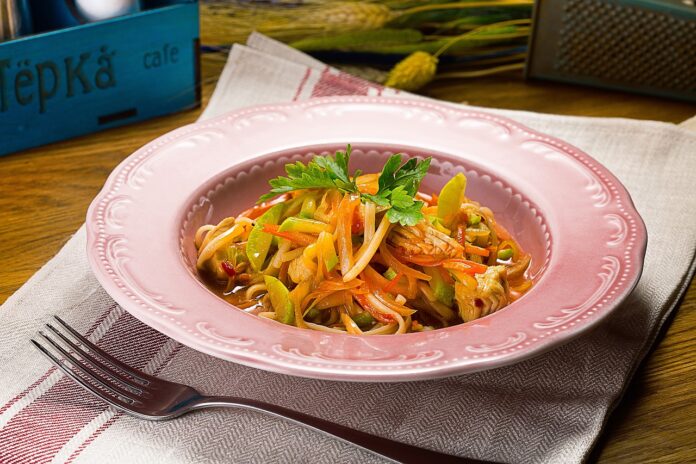With the vast variety of food products available, it can sometimes be challenging to understand them all—there are hundreds and thousands, and food varies widely across different countries. Foods familiar to us might seem strange to foreigners, and it’s understandable—we often look suspiciously at unfamiliar foods that people in other parts of the world regularly consume.
It’s simple, really: culinary traditions have developed differently everywhere, and people are sometimes naturally conservative about their food choices.
Facts About Food
- People with an allergy to peppers are strongly advised not to visit Southeast Asian countries because this ingredient is added to almost all dishes there.
- The longest-lasting food product is honey. Scientists claim that under suitable conditions, it can last for hundreds of years, and in exceptional cases, up to 3,000 years.
- The familiar spicy curry mix, originating from India, actually comes in many different varieties. Dozens of types of curry are sold in Indian and Thai markets, each different from the others.
- The most water-rich food we often eat is the cucumber, consisting of 95-98% water.
- The largest producer of garlic in the world is China, accounting for about 10 million tons of this product, approximately three-quarters of global production.
- The most popular fruits in the world are apples and oranges.
- Pumpkin is a fruit, just like a tomato, while bananas, watermelons, and melons are berries, according to botanists.
- The most bananas in the world are grown in India—about 22 million tons annually.
- The most popular meat product in the world is chicken, which is raised in all countries. Cows and pigs follow in popularity.
- Your eyes sting when cutting onions because this vegetable releases a gas when sliced that irritates the eyes. The body produces tears to wash away the irritating particles and clear the eye.
- Of all the fruits, apples and peaches contain the most pesticides.
- Oysters are a potent natural aphrodisiac.
- Milk is not very popular in Asia, especially in China. In Vietnam, for example, sweet or fruit-flavored milk is usually sold, and dairy products are not in high demand there.
- The tradition of garnishing dishes with fresh parsley dates back to Ancient Rome.
- Garlic does indeed repel bloodsuckers, but not the legendary vampires—rather, it repels real ones like mosquitoes and midges.
- Carrots were originally purple, but selective breeding gave them their familiar orange color.
- Around 2,000 different types of cultivated plants are grown worldwide for consumption as food on an industrial scale.
- Fish scales are used in many cosmetic products, including lipstick.
- Apple seeds are poisonous and can lead to serious poisoning in some cases.
- Geneticists have achieved a beautiful shine on the skins of some green apple varieties by introducing a salmon fish gene into the plant.
- In excessively large doses, coffee can be deadly.
- In many Asian and African countries, insects are a common food, both nutritious and accessible.
- Some natural food colorings are made not only from plants but also from insects.
- A fresh apple helps wake you up in the morning better than a cup of coffee.
- In some cities, like New York, Bangkok, or Tokyo, you can try foods from any country in the world.
- Some bread additives include duck feathers.
- Honey is, strictly speaking, a semi-digested mass regurgitated by bees after they’ve gorged on pollen.
- Both tea and coffee, according to some researchers, can cause a strong addiction that is extremely difficult to overcome.
- The nutrient content in food products has significantly decreased over the past 30-40 years, as the focus has shifted from quality to lowering production costs.
- The most dangerous food in the world is considered to be the fugu fish, which is part of a traditional Japanese dish. It is poisonous, and improper preparation can lead to the death of the person who eats it. According to ancient Japanese tradition, a chef who unintentionally poisons a customer with this fish must commit seppuku (often mistakenly called “hara-kiri”) to atone for their guilt. Therefore, it’s not surprising that most chefs in Japan are reluctant to prepare fugu fish.
